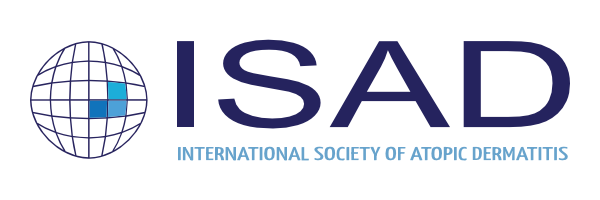Allergies are among the most common chronic diseases worldwide and often the earliest occurring in life. These diseases decrease quality of life with enormous socio-economic costs worldwide. Atopic dermatitis is considered a gateway for allergic diseases, and was, therefore, the focus of the 4th Global Allergy Forum (GAF). 70 internationally renowned experts identified opportunities for action and gaps in the care and prevention of allergic diseases and atopic dermatitis. The 3-day meeting was organized by the Christine Kühne Center for Allergy Research and Education (CK-CARE) at the Medical Campus Davos.
The key messages are as follows:
Environmental changes as a driving force:
The increase in allergic diseases is strongly related to environmental factors and genetics. Increases in temperature, drought or rainfall, and pollution lead to higher exposure to pollen and molds. New allergens are introduced with warming climates (e.g. ragweed and ticks). Rural environments previously linked to fewer allergies are increasingly industrializing. All of these changes contribute to a more allergenic environment.
Atopic dermatitis as a gateway to allergic diseases:
Atopic dermatitis is a complex chronic skin disease that places a high burden on individuals, society, and health care systems. As the typical starting point for allergic diseases in the so-called atopic march, atopic dermatitis is linked with altered immune responses at body surfaces that interact with the environment: skin, lung, and gut. Recent evidence supports an important role of the microbiome (the sum of microorganisms in and on humans) and diet in these immune system changes. Environmental and lifestyle changes challenge our ability to adapt.
When the skin becomes leaky, allergy can begin:
Skin barrier disruption is a major contributor to the development of atopic dermatitis and subsequent allergies and, therefore, an important focus for treatment and preventative options. Genetic and environmental factors such as allergens, microbes, air pollution, detergents and cleaning agents, ozone and UV light can affect the skin barrier. Protective nutritional and environmental factors can counteract allergies, but environmental factors associated with fewer allergies are increasingly being lost in a modern, urbanized world. Early and accurate diagnosis of barrier disruptions and associated inflammation, and further research to better understand the factors that damage or protect the skin barrier, are needed to improve atopic dermatitis treatments.
Itch is the predominant symptom and the biggest problem for sufferers with atopic dermatitis:
The greatest burdens of disease for atopic dermatitis patients are itch and visible rashes, especially when atopic dermatitis occurs on the face. The triggers of itch are still not fully understood. By studying the interactions between the nervous system (including the brain), the immune system, and the skin barrier, new ways to treat atopic dermatitis are possible.
Digital medicine for research, therapy management, education, and prevention:
Tools such as “wearables” and artificial intelligence methods will be able to measure and interpret changes in our bodies and environment. The international panel sees a wide range of applications in the field of digital medicine for comprehensive therapy management of chronic inflammatory allergic diseases.
Identified gaps in diagnosis and therapy
A lack of global consensus on the definition of individual diagnosis and treatment targets in atopic dermatitis persists, especially with regard to new therapies that revolutionize treatment options in the last year, month. Further research in prevention, diagnosis, and treatment, as well as in targeted education and personalized medicine can fill these gaps. More focus on race and gender-related differences in therapy and prevention of atopic dermatitis and allergies is needed. Attention should be given to increasing access to effective therapies to lower resourced countries.



